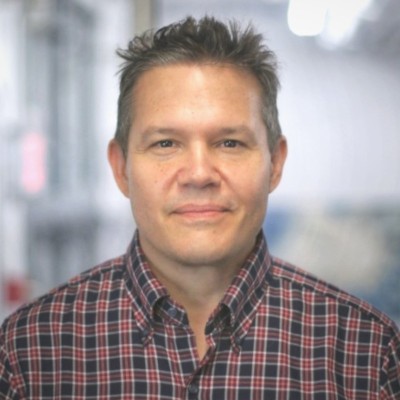- Video Library
- Kelly Roman, Fisher Wallace Laboratories - Wearable Brain Stimulation Technologies | LSI USA '24
Kelly Roman, Fisher Wallace Laboratories - Wearable Brain Stimulation Technologies | LSI USA '24

Kelly Roman
Kelly is Co-Founder and CEO of Fisher Wallace Labs, a Series A stage medical device company that develops and commercializes wearable brain stimulation technology for the treatment of depression and other neuropsychiatric and cognitive disorders. Kelly is an expert in wearable neurostim product development, regulatory affairs, manufacturing, marketing and clinical trial strategy and operations.
Kelly Roman
Kelly is Co-Founder and CEO of Fisher Wallace Labs, a Series A stage medical device company that develops and commercializes wearable brain stimulation technology for the treatment of depression and other neuropsychiatric and cognitive disorders. Kelly is an expert in wearable neurostim product development, regulatory affairs, manufacturing, marketing and clinical trial strategy and operations.

17011 Beach Blvd, Suite 500 Huntington Beach, CA 92647
714-847-3540© 2025 Life Science Intelligence, Inc., All Rights Reserved. | Privacy Policy







